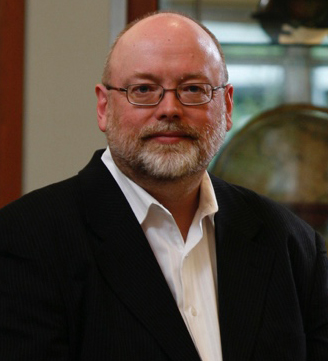H-65. Material Foundations of Map History, 1450–1900
Matthew Edney
Course Length: 30 hours
Course Week: 1–6 June 2025
Format: in person, University of Virginia in Charlottesville, VA
Fee: $1,495
Materiality is the foundation for the productive study of all aspects of maps and mapping, from the bibliographic to the interpretive to the digital. This course considers the widely variable material conditions of early maps to offer a new introduction to map history that counters the restrictive and flawed teleology inherent to “the history of cartography” or “historical cartography.” It does not presume any prior knowledge of maps and mapping and is suitable for graduate students and established scholars—including librarians, dealers, and collectors—seeking to undertake scholarship in map history.
The material conditions to be considered include: the representational strategies variously deployed in mapping (notably graphics, words, numbers, and performance); the processes of manuscript reproduction and of printing (woodblock, copperplate, lithography, cerography, &c.); physical situations (in books and on walls; atlases and separates); the social mechanisms of map circulation (marketplace, private distribution, public sphere); and the appreciation of material conditions within digital environments.
Patterns in the material conditions of maps form the basis for distinguishing the broad arenas (modes) and more particular discourses within which people have produced, circulated, and consumed information about the world. The differences between modes are hinted at by everyday English terms: map (world and regional mapping), chart (marine mapping), and plan (maps of places and territory). Map history is thus the history of the changes within and interactions between these modes. While the course addresses the changing constitutions of the primary mapping modes within the early modern and modern West, its principles are equally applicable to non-Western mapping.
Onsite analysis of materials will be extensively augmented by online imagery; while it is not necessary to bring a laptop into the classroom, students might wish to do so. In their personal statement, applicants are encouraged to describe the nature of their developing interest in map history and (if relevant) explain briefly the causes of this interest and the purposes to which they propose to put the knowledge gained from the course.
Course History
Faculty

Matthew Edney
Matthew Edney studied geography at University College London (B.Sc. 1983) and the University of Wisconsin (M.S. 1985; Ph.D. 1990). After teaching at SUNY Binghamton, he moved in 1995 to the University of Southern Maine, where he has since 2007 held the Osher Chair in the History of Cartography. Since 2005, he has also directed the History of Cartography Project (University of Wisconsin–Madison). He has edited, with Mary Pedley, Cartography in the European Enlightenment, volume 4 of History (December 2019). Edney’s work embraces the history of surveying, British imperial mapping, Enlightenment mapping, and historiography. His most recent publication is Cartography: The Ideal and Its History (University of Chicago Press, 2019). For his current projects, see www.mappingasprocess.net.
Full Bio »